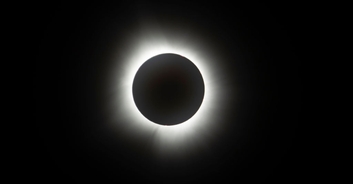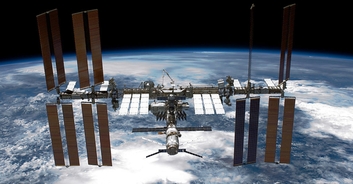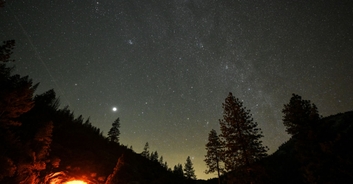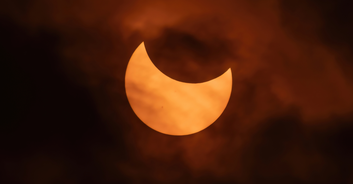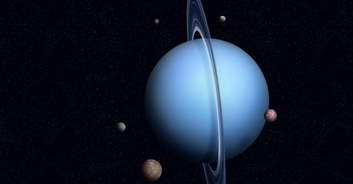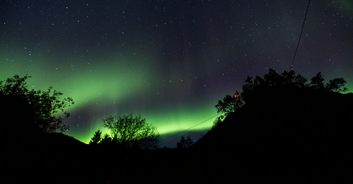An often "forgotten" meteor shower is set to light up the skies tonight.
With the winter nights continuing to grow colder and longer, one nighttime spectacular is guaranteed to bring a smile to your face this evening.
As reported by the BBC's Sky At Night magazine, the Andromedids meteor shower will take place on the evening of December 2 and into the morning of December 3.
The outlet reports that lucky viewers can expect to see up to 200 meteors every hour, with each meteor predicted to be traveling at a "slow" 16 km/s.
The Andromedid meteor shower is one of the lesser-known celestial events of the year - with most people being more familiar with showers such as the Quadrantids, Lyrids, Perseids, Orionids, and Geminids.

However, the Andromedid has a very rich and interesting history.
This particular meteor shower is actually the result of the break up of comet 3D/Biela - a periodic Jupiter-family comet that was first recorded in 1772 by Jacques L. Montaigne and independently by Charles Messier. It was later finally identified as periodic in 1826 by Wilhelm von Biela.
This is why the Andromedids are also known as the Bielids.
It earned its name due to the fact that its radiant point (from where the meteors appear to emanate from) is within the Andromeda constellation. More precisely, the meteors appear to emanate near the Almach and Mirach stars.
What's more, this weekend's shower is believed to have an increased activity due to dust released from the comet all the way back in 1649 (as predicted by Paul A. Wiegert).

This means that - although the Andromedids shower is often overlooked and nothing much to write home about - this year is could see more meteors per hour than the more famous Perseids and Geminids showers, per the British Astronomic Association.
Back in 1872 and 1885, the spectacular Andromedid meteor storms resulted in thousands of meteors lighting up the skies every hour - a sight that one observer described as "a real rain of fire," per Scientific American.
The peak time of the meteor showers is predicted to be around 19:00 UT - meaning people in the UK and Europe will have the best chance at witnessing this beautiful event. However, with clear skies, those in North America can be just as fortunate - especially if the activity occurs later than anticipated.
And that's not even the end of the celestial events for December! There's also a strong possibility that a meteor shower from comet 46P/Wirtanen will also be visible to the naked eye between December 10 and December 12.
So, grab your binoculars, and let's all hope for a clear night sky.







